Printing William Morris Emery Walker, 1894:
“the invention of movable metal letters in the middle of the fifteenth century may justly be considered{112} as the invention of the art of printing. And it is worth mention in passing that, as an example of fine typography, the earliest book printed with movable types, the Gutenberg, or “forty-two line Bible” of about 1455, has never been surpassed.
And it was a matter of course that in the Middle Ages, when the craftsmen took care that beautiful form should always{113} be a part of their productions whatever they were, the forms of printed letters should be beautiful, and that their arrangement on the page should be reasonable and a help to the shapeliness of the letters themselves. The Middle Ages brought caligraphy to perfection, and it was natural therefore that the forms of printed letters should follow more or less closely those of the written character, and they followed them very closely. The first books were printed in black letter, i.e. the letter which was a Gothic development of the ancient Roman character, and which developed more completely and satisfactorily on the side of the “lower-case” than the capital letters; the “lower-case” being in fact invented in the early Middle Ages. The earliest book printed with movable type, the aforesaid Gutenberg Bible, is printed in letters which are an exact{114} imitation of the more formal ecclesiastical writing which obtained at that time; this has since been called “missal type,” and was in fact the kind of letter used in the many splendid missals, psalters, etc., produced by printing in the fifteenth century.
But the first Bible actually dated (which also was printed at Maintz by Peter Schœffer in the year 1462) imitates a much freer hand, simpler, rounder, and less spiky, and therefore far pleasanter and easier to read. On the whole the type of this book may be considered the ne-plus-ultra of Gothic type, especially as regards the lower-case letters; and type very similar was used during the next fifteen or twenty years not only by Schœffer, but by printers in Strasburg, Basle, Paris, Lubeck, and other cities. But though on the whole, except in Italy, Gothic letter was most often used, a very few years saw the birth of Roman{115} character not only in Italy, but in Germany and France. In 1465 Sweynheim and Pannartz began printing in the monastery of Subiaco near Rome, and used an exceedingly beautiful type, which is indeed to look at a transition between Gothic and Roman, but which must certainly have come from the study of the twelfth or even the eleventh century MSS. They printed very few books in this type, three only; but in their very first books in Rome, beginning with the year 1468, they discarded this for a more completely Roman and far less beautiful letter. But about the same year Mentelin at Strasburg began to print in a type which is distinctly Roman; and the next year Gunther Zeiner at Augsburg followed suit; while in 1470 at Paris Udalric Gering and his associates turned out the first books printed in France, also in Roman{116} character. The Roman type of all these printers is similar in character, and is very simple and legible, and unaffectedly designed for use; but it is by no means without beauty. It must be said that it is in no way like the transition type of Subiaco, and though more Roman than that, yet scarcely more like the complete Roman type of the earliest printers of Rome.
A further development of the Roman letter took place at Venice. John of Spires and his brother Vindelin, followed by Nicholas Jenson, began to print in that city, 1469, 1470; their type is on the lines of the German and French rather than of the Roman printers. Of Jenson it must be said that he carried the development of Roman type as far as it can go: his letter is admirably clear and regular, but at least as beautiful as any other Roman type. After his{117} death in the “fourteen eighties,” or at least by 1490, printing in Venice had declined very much; and though the famous family of Aldus restored its technical excellence, rejecting battered letters, and paying great attention to the “press work” or actual process of printing, yet their type is artistically on a much lower level than Jenson’s, and in fact they must be considered to have ended the age of fine printing in Italy.
Jenson, however, had many contemporaries who used beautiful type, some of which—as, e.g., that of Jacobus Rubeus or Jacques le Rouge—is scarcely distinguishable from his. It was these great Venetian printers, together with their brethren of Rome, Milan, Parma, and one or two other cities, who produced the splendid editions of the Classics, which are one of the great glories of the printer’s art, and are{118} worthy representatives of the eager enthusiasm for the revived learning of that epoch. By far the greater part of these Italian printers, it should be mentioned, were Germans or Frenchmen, working under the influence of Italian opinion and aims.
It must be understood that through the whole of the fifteenth and the first quarter of the sixteenth centuries the Roman letter was used side by side with the Gothic. Even in Italy most of the theological and law books were printed in Gothic letter, which was generally more formally Gothic than the printing of the German workmen, many of whose types, indeed, like that of the Subiaco works, are of a transitional character. This was notably the case with the early works printed at Ulm, and in a somewhat lesser degree at Augsburg. In fact Gunther Zeiner’s first type{119} (afterwards used by Schussler) is remarkably like the type of the before-mentioned Subiaco books.
The characteristic Dutch type, as represented by the excellent printer Gerard Leew, is very pronounced and uncompromising Gothic. This type was introduced into England by Wynkyn de Worde, Caxton’s successor, and was used there with very little variation all through the sixteenth and seventeenth centuries, and indeed into the eighteenth. Most of Caxton’s own types are of an earlier character, though they also much resemble Flemish or Cologne letter. After the end of the fifteenth century the degradation of printing, especially in Germany and Italy, went on apace; and by the end of the sixteenth century there was no{120} really beautiful printing done”
Note by William Morris on his Aims in Founding The Kelmscott Press
I have always been a great admirer of the calligraphy of the Middle Ages, and of the earler printing which took its place. I had noticed that they were always beautiful by force of the mere typography, even without the added ornament, which which many of them are so lavishly supplied.
…
There was only one source from which to take examples of this perfected Roman type, to wit, the works of the great Venetian printers of the fifteenth century, of whom Nicholas Jenson produced the completest and most Roman characters from 1470 to 1476. …I did not copy it serviley; in fact, my Roman type, especially in the lower case, tends rather more to the Gothic than does Jenson’s.
…
I felt that htis charge could nto be reasonably brought against the types of the first two decades of printing: that Schoeffer at Mainz, Mentelin at Strasburg, and Gunther Zainer at Augsburg…
History of the Kelmscott
…He now bought with the definite purpose of studying the type and methods of early printers. Among the first books so acquired was a copy of Leonardo of Arezzo’s History of Florence, printed at Venice by Jacobus RUbeus in 1476, in a Roman type very similar to that of Nicholas Jenson. Part sof this book and of Jensons’ Pliny of 1476 were enlarged by photography [11]…
The troy type, which its designer preferred to either of the others, shows the influence of the beautiful early types of Peter Schoeffer of Mainz, Gunterh Zainer of Augsburg, and Anthony Konburger of Nuremberg; but even more than the Golden type, it has a strong character of its own, which differs largely from taht of any mediaeval fount. [13]
Bibliography of Hacon and Ricketts
therein lies their affinity with the grand volumes of the Italian and German presses (viii)
It is well known, or should be well known, that the Roman letters we use currently were “crystalised” into their present shape by the early Italian printers in their attempt to hark back to the “pre-Gothic,” i.e., the Carolingian minuscules, in which they recognised the survival of the old classical alphabet, and the roots or essential forms of the letters upon which the Gothic scribes had grafted their compressions and ornamental details. (x-xi).
“…the charm of the early designers of roman type, J. Spira and Jenson, for instance, lies in that sense of logic, balance, and control which characterised the Renaissance itself, not to any unconscious survival of picturesque Gothic penmanship. The secret of success of the finest Renaissance founts lies in the fact that they contain the first personal and forcible revision of those letter forms by men who were passionately in earnest, in a period which was also passionately in earnest.” (xi)
I would therefore urge that all attempts to remould our alphabet should be based on a study of the Carolingian minuscules, revised and recast. (xi-xii)
The origin of our Roman alphabet dates from the penmanship of the 9th century. …This led to the supplanting of the uncial forms by the half-uncial in the lower case, the capitals retaining the old uncial character. (xii)
One of the elements of the success of Jenson’s famous fount lies precisely in this harmonious quality, in that it is admirable as type: though I dare venture that individual letters are not always equal in beauty of shape to the fount of John Spira (whose design served probably as a model) or even to other Italian founts. (xv)
A Defense of the Revival of Printing, Ricketts
That trained scribes of the fifteenth century were called in to design type, and that the efforts to recast the Carlovingian writing of the ninth and tenth centuries benefitted by their practice with the pen, is conceivable enough, but conjecture ends here, for penmanship was not of the highest quality at the end of the fifteenth century. A student of form must study elsewhere (as the old type designers did) to note at what period shape reaches its perfection. (5)
In the history of the finer Italian printers we may almost date certain founts by the still surviving traces of penmanship, that Jenson will discard for practical reasons. With Sweynheym and Pannartz, Hahn, and Spira, the body of the “h” curves in graceully… With Jenson, revising the work of Spira, these letters “h,” “n,” “m,” become what they are to-day. (6)
Spira is often his superior (7)
Capitals: “if from Jenson to Aldus (in the fine type of the “Poliphilus”) there is a general deterioration; in that matter of the Capitals only there is perhaps a progress (9)
“for our purpose the art of letter making reached its climax before the full development of mediaeval Art, and the evolving of the subsequent ornamental manner of writing known as Gothic.
I was by that time, as I am still, utterly won over and fascinated by the sunny pages of the Venetian printers: I would define the page of a fine Kelmscott book as full of wine, and Italian book as full of light.” 19 [Daphnis and Chloe]
“Still showing the Italian influence, though, like another book I shall hereafter mention…I would mention Mr. J Gray’s “Silverpoints.” The model of this book was one of those rare Aldus italic volumes with its margins uncut.” (20-21)
The Sphinx: “I mde an effort away from the Renaissance towards a book marked by surviving classical traits, printing it in Capitals. In the pictures I have striven to combine, consciously or unconsciously, those affinities in line work broadcast in all epochs.
Now the precedent for fine and rhythmic book decoration in printed books is so small that, besides the beautiful borders of Ratdolt, we shall find little or nothing for purses of study and stimulus. …These unclassed borders and initials appear in Venice in books publish3ed about 1493…1500 or thereabout. (30)
One purely Renaissance border, engraved for “The World at Auction,” is an attempt on my part to express admiration for this forgotten designer. (31)
Mainz Psalter, 1457, Fust & Schoeffer
The Mentelin Bible, Johann Mentelin, 1466
Historiae Florentini Populi, Rubeus, 1476
Historia Naturalis, 1476, Jenson
De Civitate Dei, Sweynheym and Pannartz, 1470
Recyell of the Histories of Troy, Caxton, 1473-4
Hypnerotomachia Poliphili 1499
Hero and Leander Aldus Manutius, 1449
Erhard Ratdolt (1442–1528), Venice
Historiae Florentini populi, 1476
Natural History, Pliny, Jenson, 1476
15c Italian Illuminated Manuscript
Herodotus. Venice, 1494
Livius, Historiae Romanae Decades, 1493
Apuleius Metamorphoses, 1519
Vera Historia, 1494
Hieronymus, 1498
Historia Naturalis, 1469
Hypnerotomachia Poliphili 1499, Aldus Manutius




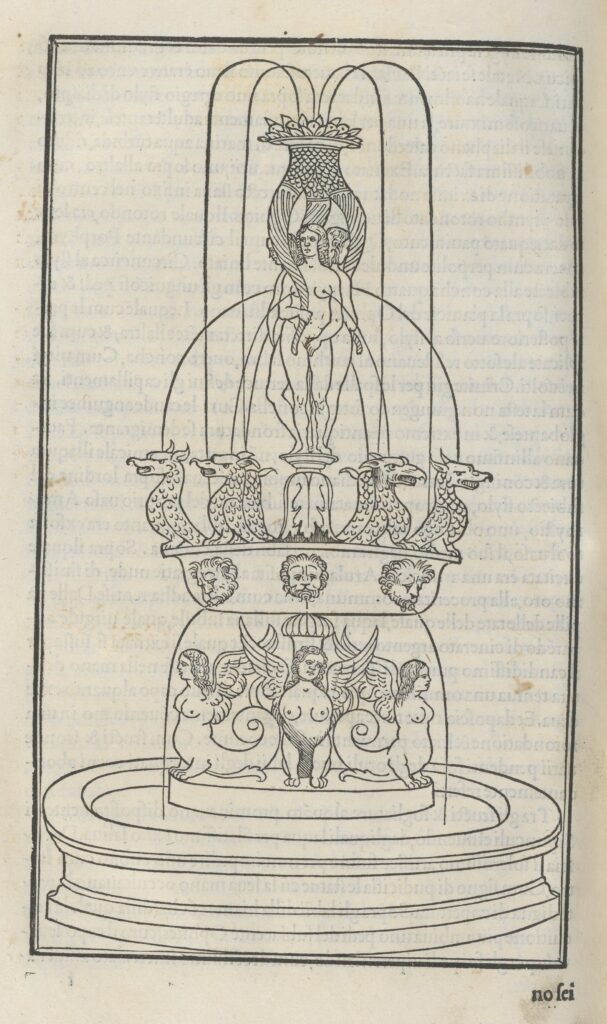
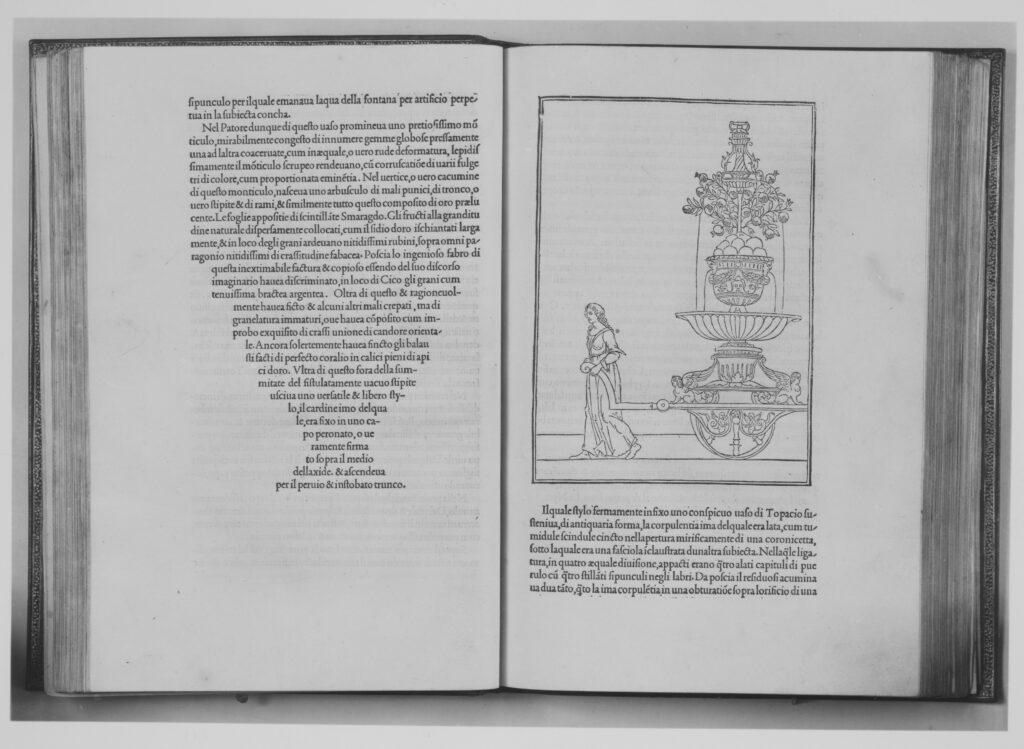


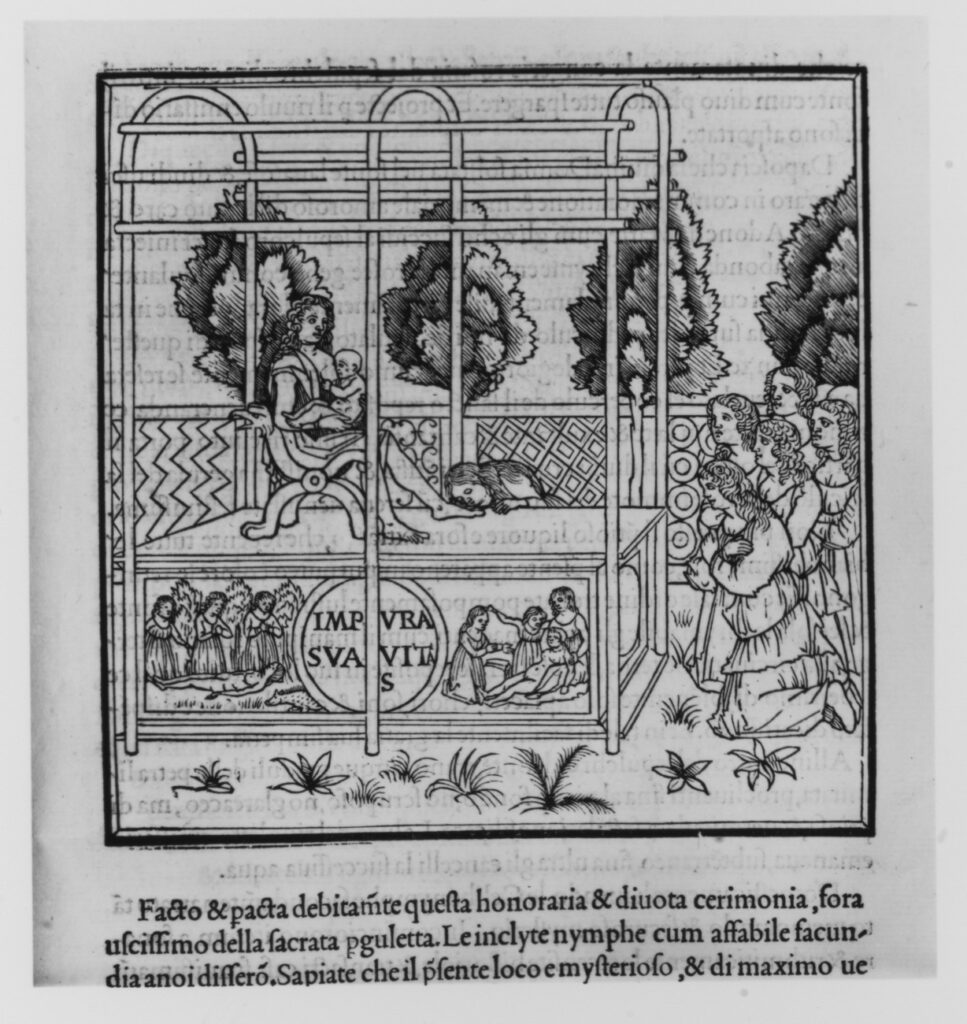


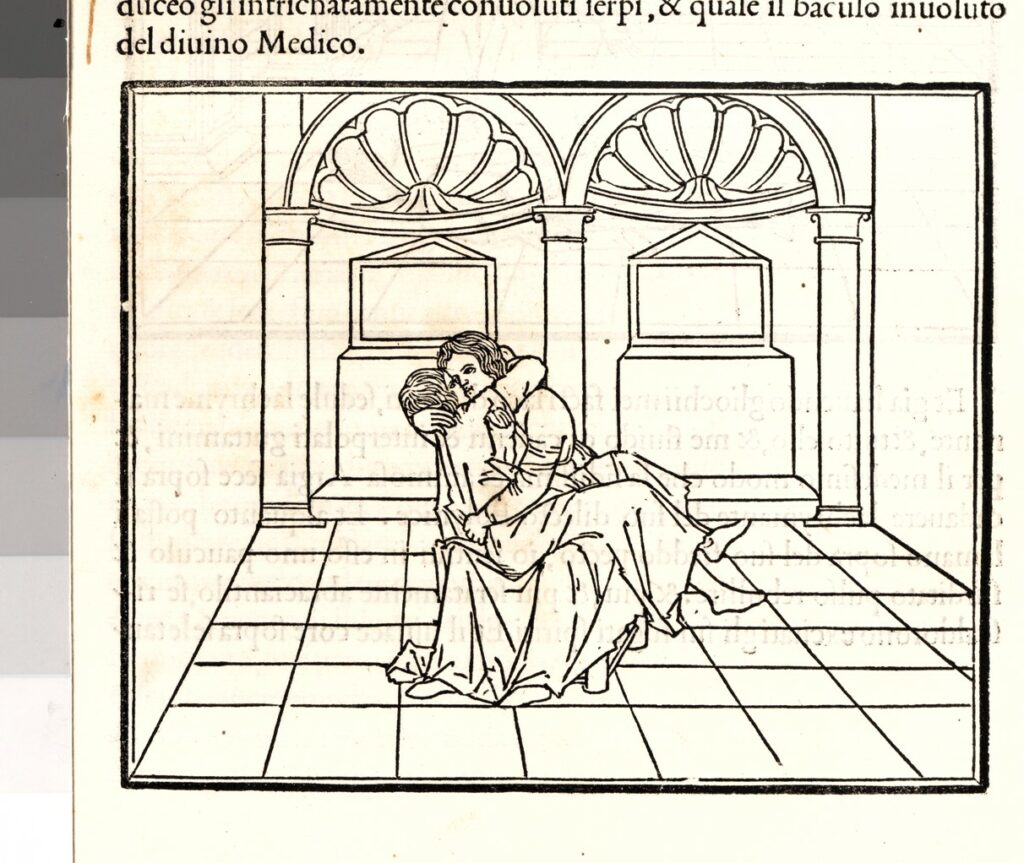





Hero and Leander, Aldus Manutius, 1449









Mainz Psalter 1457, Johann Fust and Peter Schoeffer





Zanier
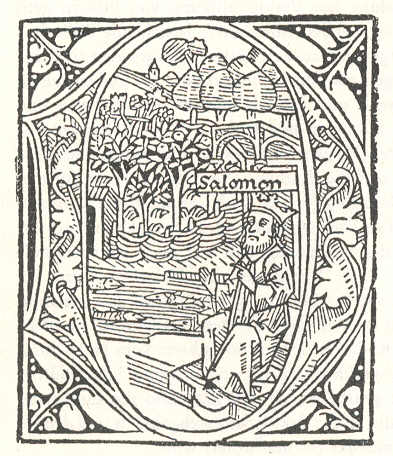
Initial from the German Bible, printed by Zainer in Augsburg in 1477

Printed list of works printed by Zainer, ca. 1480
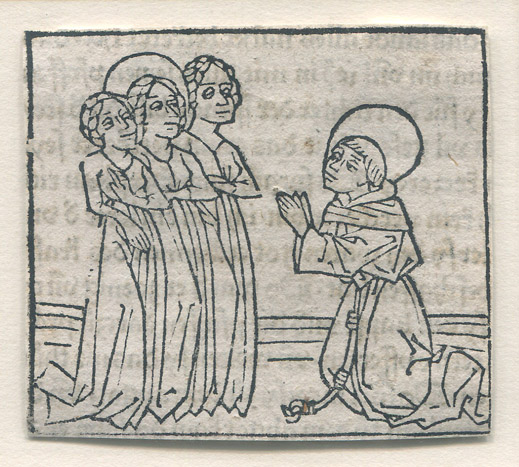
Early woodcut print of a saint kneeling before three women by Zainer, circa 1473.
The Mentelin Bible, 1466, Johann Mentelin





Nicolas Jenson

Roman type of Nicholas Jenson, 1472.

A specimen of Nicolas Jenson’s archetypal roman typeface, from the “Laertis”, published in Venice c. 1475.

Capitals of Nicolas Jenson’s roman typeface, from a translation ‘in Fiorentina’ (in Italian) of Pliny the Elder, published in Venice in 1476.

Julius Caesar’s Works, printer Nicolas Jenson, 1471

VK 405, Bible in Latin, Nicolas Jenson, Venice, 1479
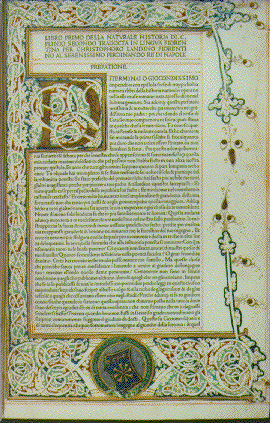
Pliny the Elder’s Natural History, printer Nicolas Jenson, 1476
Historiae Florentini populi Jacobus Rubeus, 1476


Historia naturalis, 1476, Jenson







Anton Koberger

Folio Page from “The Golden Legend” printed by Anton Koberger, 1488. The image depicts a saintly woman being anointed, possibly St. Mary or any number of other female saints.

A page from the Nuremberg Chronicle, leaf 25 (page 49) printed by Anton Koberger circa 1492.
De civitate dei. Sweynheym and Arnoldus Pannartz, 1470


Recyell of the Histories of Troy, Caxton, 1473-4

The Gutenberg Bible, 1454






Albrecht Durer

Albrecht Durer Melencolia, copper engraving, 1514

Albrecht Durer The Expulsion from Paradise, from The Small Passion, woodcut print, 1510
Aldine Virgil, 1501

Erhard Ratdolt (1442–1528), Venice

APPIANUS. Historia Romana. Latin translation by Petrus Candidus Decembrius Venice: Bernhard Maler, Erhard Ratdolt and Peter Löslein, 1477
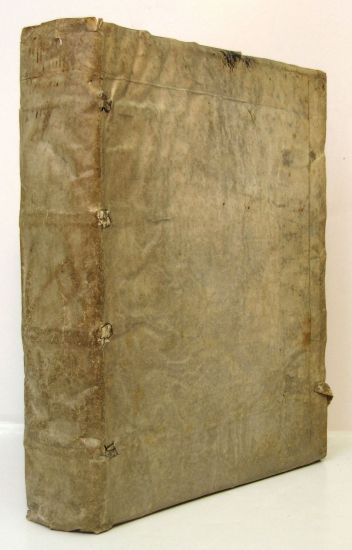
APPIANUS. Historia Romana. Latin translation by Petrus Candidus Decembrius. Part 2 (of 2) (Venice: Bernhard Maler, Erhard Ratdolt and Peter Löslein, 1477)

Appian’s Historia Romana
Erhard Ratdolt, 1477

Venice, Bernhard Maler (Pictor), Erhard Ratdolt and Peter Loslein, 1477






Herodotus, Venice, 1494




Jacobus Rubeus

Bruni, Leonardo [Leonardus Brunus Aretinus]. Historiae Florentini populi. Trans. Donato Acciaiuoli [Donatus Acciaiolus]. Venice: Jacobus Rubeus, 12 February 1476.

Hieronymus, Johannes and Gregorius de Gregoriis, 1498

Hieronymus, Sophronius Eusebius (347-420). Commentaria in Bibliam. Ed: Bernardinus Gadolus. Venice, Johannes and Gregorius de Gregoriis, de Forlivio, 1497 – 25 August 1498.

Vera historia, 1494
Natural History, Pliny, Jenson, 1476




Italian Manuscript Letters







Italian Illuminated Manuscript 1480
Italian Woodcuts










Livius, Historiae Romanae decades, 1493






Apuleius’ Metamorphoses, 1519



Vera Historia, 1494



Historia naturalis, 1469



De civitate Dei, 1470, Spira



